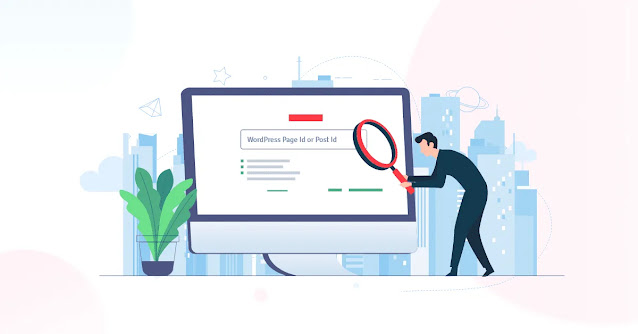A Comprehensive Guide to Adding PayPal to Your WordPress Site
Are you looking to integrate PayPal into your WordPress website? PayPal is a widely used payment gateway that enables secure transactions for online businesses. Adding PayPal to your WordPress site can streamline your checkout process and enhance user experience. In this guide, we'll walk you through the steps to seamlessly integrate PayPal into your WordPress site.
Adding PayPal to Your WordPress Site: The Ultimate Guide
Before diving into the integration process, it's essential to choose the right PayPal plugin for your WordPress site. The best PayPal Plugin for WordPress is crucial for smooth functionality and enhanced security. Once you've selected the plugin that suits your needs, follow these steps to add PayPal to your WordPress site:
Step 1: Install and Activate the PayPal Plugin
Start by installing and activating the PayPal plugin on your WordPress site. You can find the plugin by navigating to the "Plugins" section in your WordPress dashboard and selecting "Add New." Search for the PayPal plugin, install it, and activate it.
Step 2: Configure PayPal Settings
After activating the plugin, you'll need to configure the PayPal settings. This includes entering your PayPal account credentials, setting up currency options, and configuring payment preferences. Navigate to the plugin settings page and follow the prompts to complete the setup process.
Step 3: Create PayPal Buttons
Once the plugin is configured, you can start creating PayPal buttons for your products or services. PayPal buttons allow customers to make purchases directly from your website. You can customize the buttons' appearance, specify product details, and generate HTML code to embed them on your WordPress site.
Step 4: Embed PayPal Buttons on Your Site
After creating PayPal buttons, you'll need to embed them on your WordPress site. You can do this by copying the generated HTML code and pasting it into your website's pages or posts. Alternatively, some PayPal plugins offer shortcodes that you can use to insert buttons directly into your content.
Step 5: Test the Checkout Process
Before making your PayPal integration live, it's crucial to test the checkout process to ensure everything is functioning correctly. Make a test purchase using a test account to verify that payments are processed successfully and that customers receive order confirmation emails.
Step 6: Go Live
Once you've tested the checkout process and confirmed that everything is working as expected, you can make your PayPal integration live. Publish your website changes, and start accepting payments through PayPal on your WordPress site.
By following these steps, you can seamlessly integrate PayPal into your WordPress site, providing your customers with a convenient and secure payment option. Whether you're selling products, and services, or accepting donations, PayPal integration can help streamline your online transactions and grow your business.
In conclusion, adding PayPal to your WordPress site is a straightforward process that can significantly enhance your website's functionality and user experience. With the right PayPal plugin and proper configuration, you can start accepting payments seamlessly and efficiently. So why wait? Get started with PayPal integration today and take your WordPress site to the next level!




Comments
Post a Comment